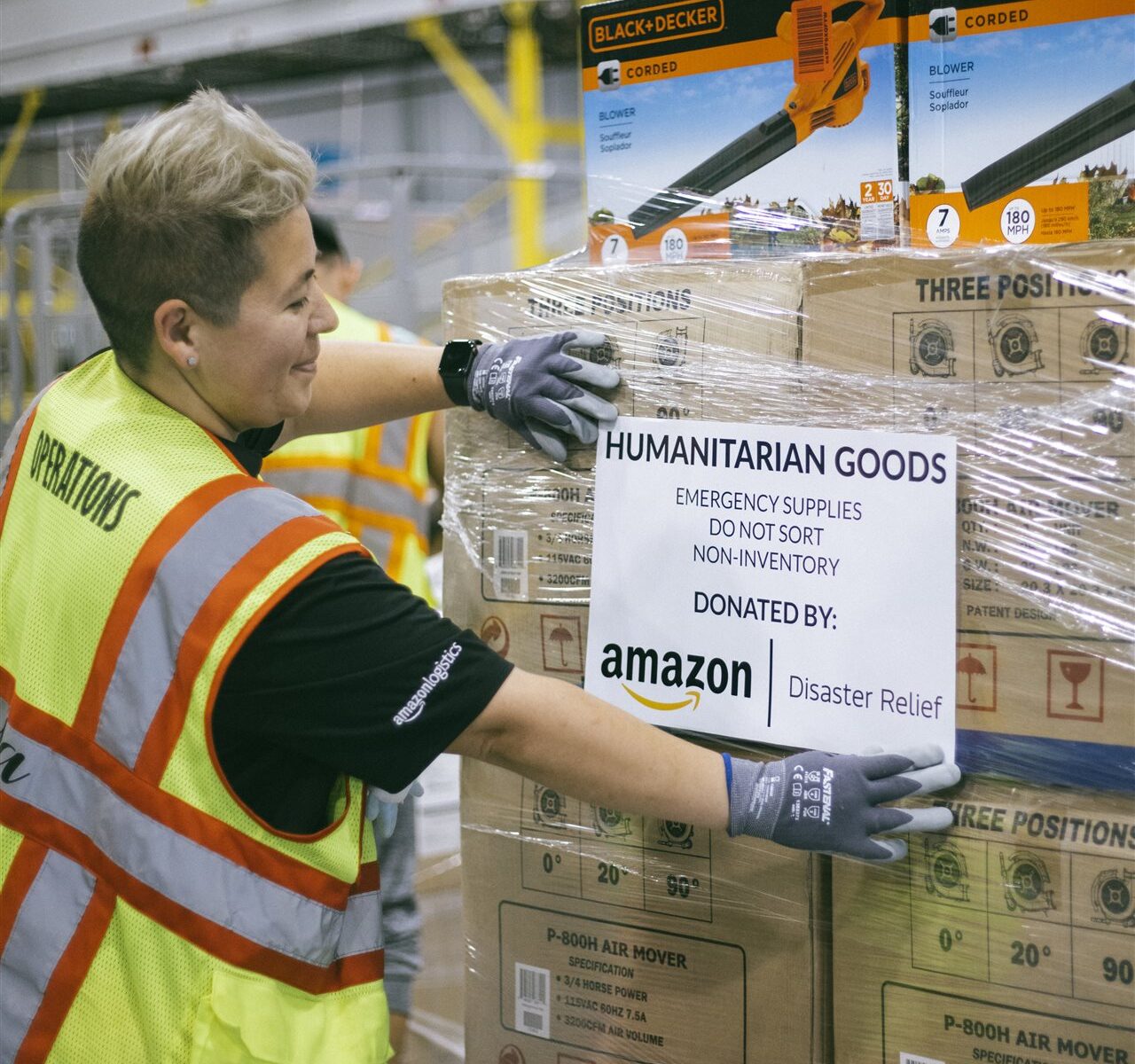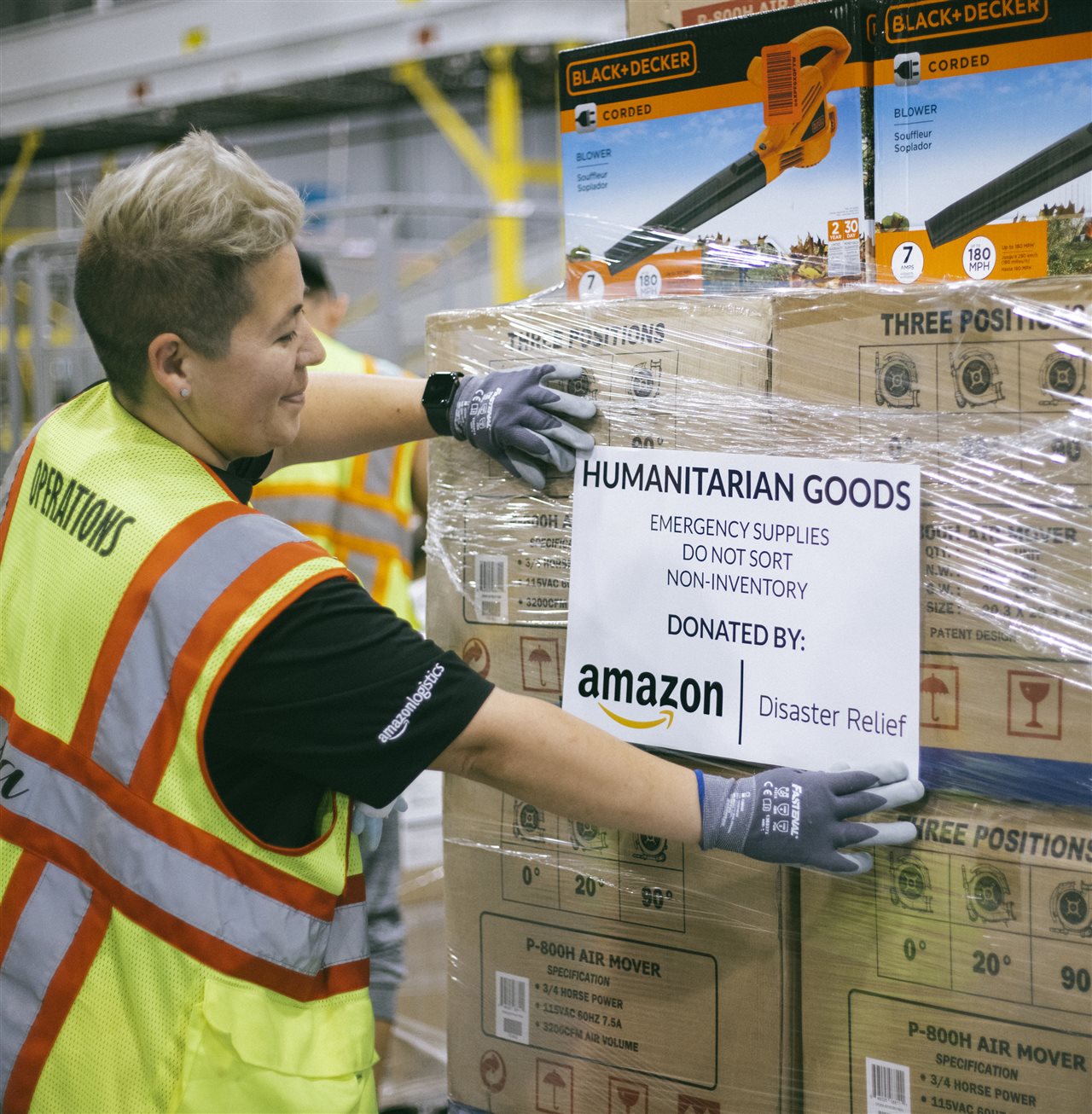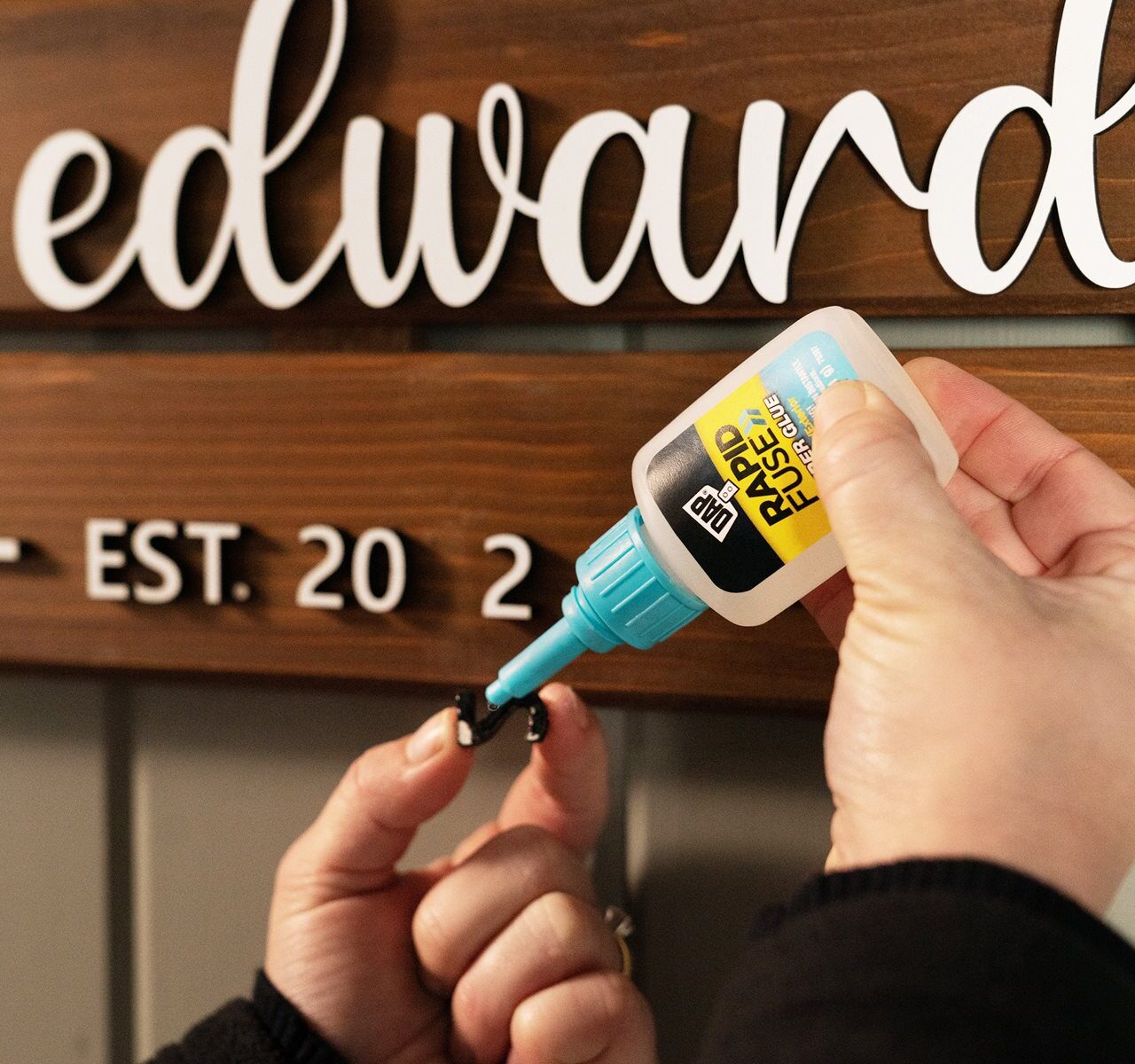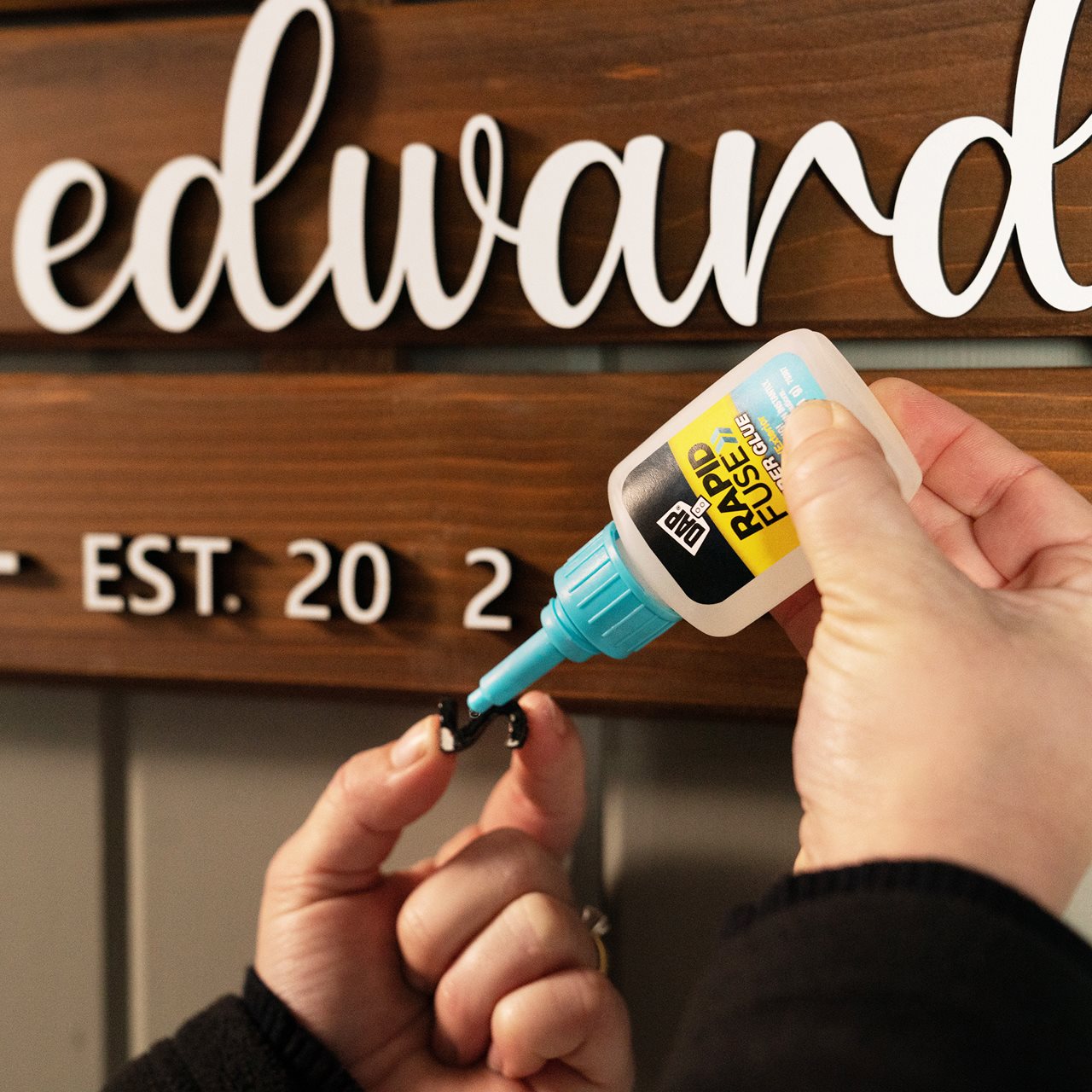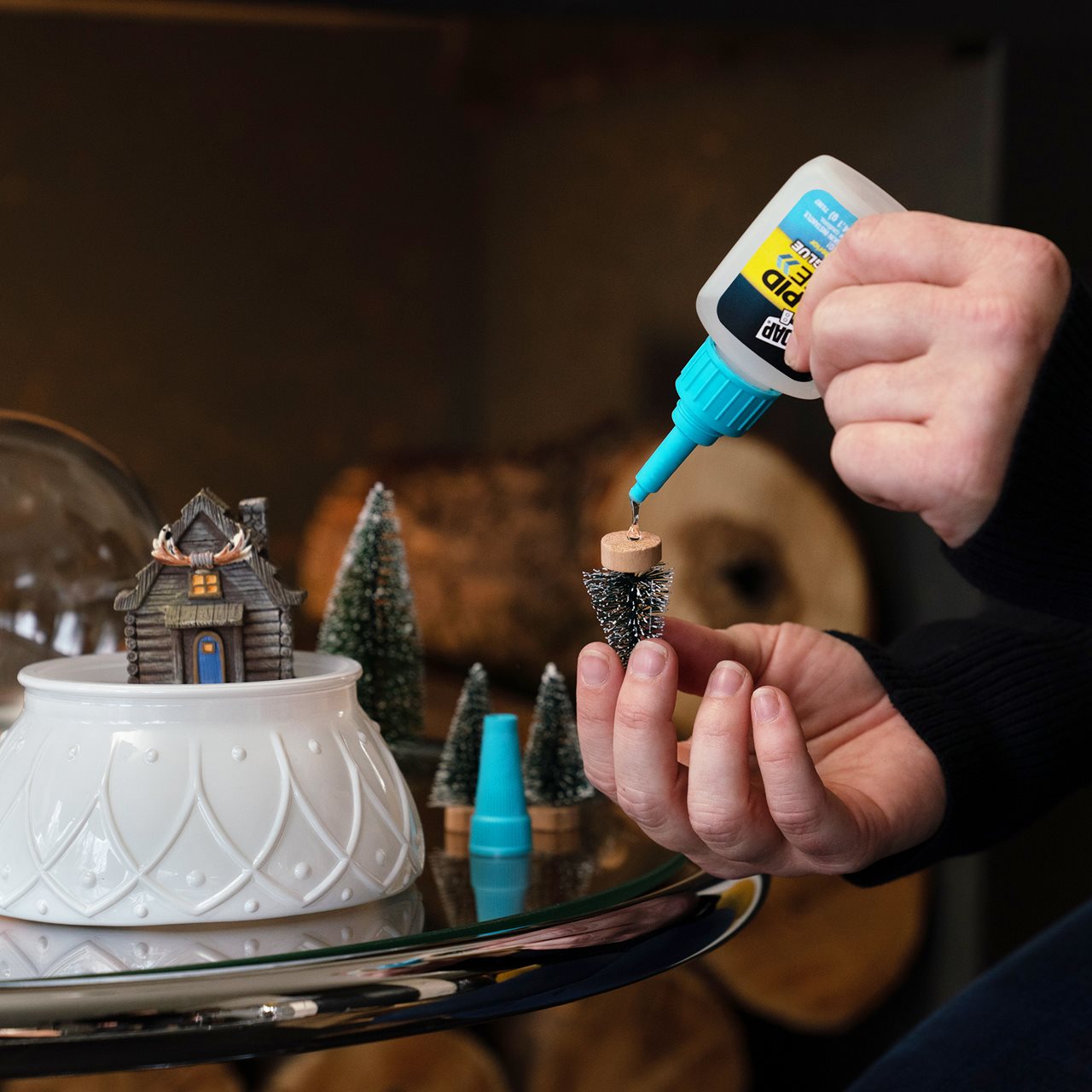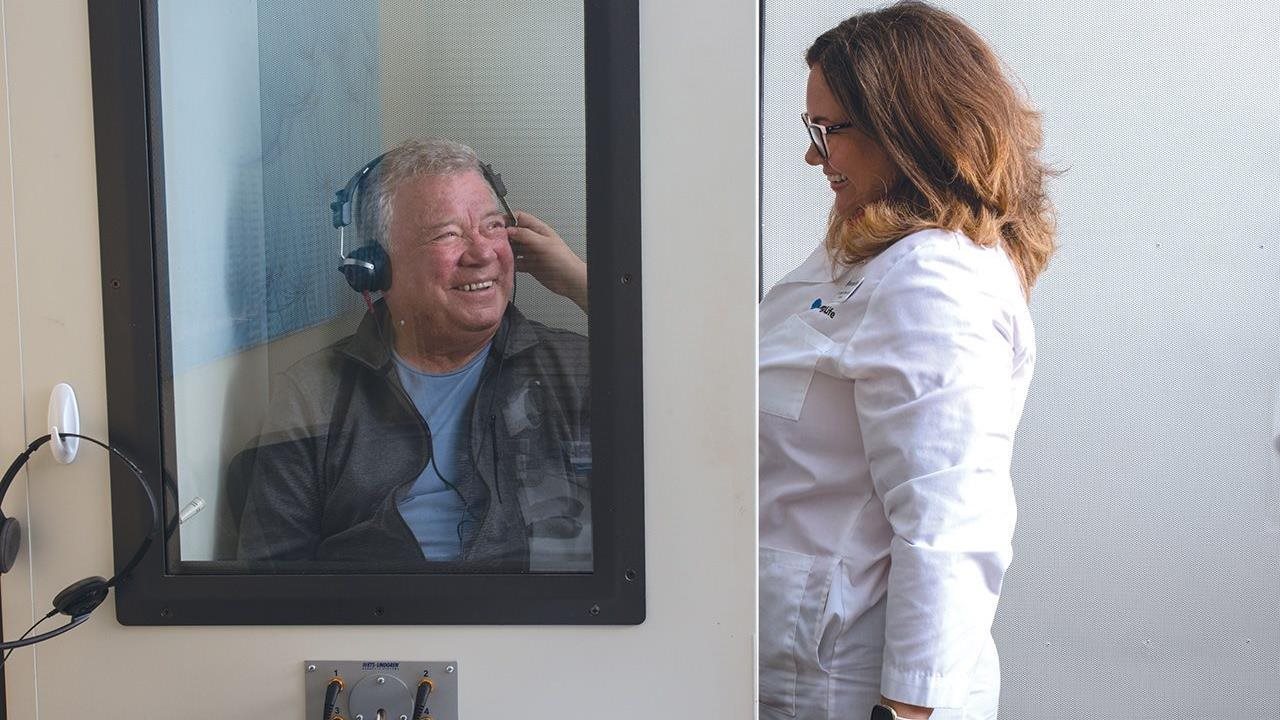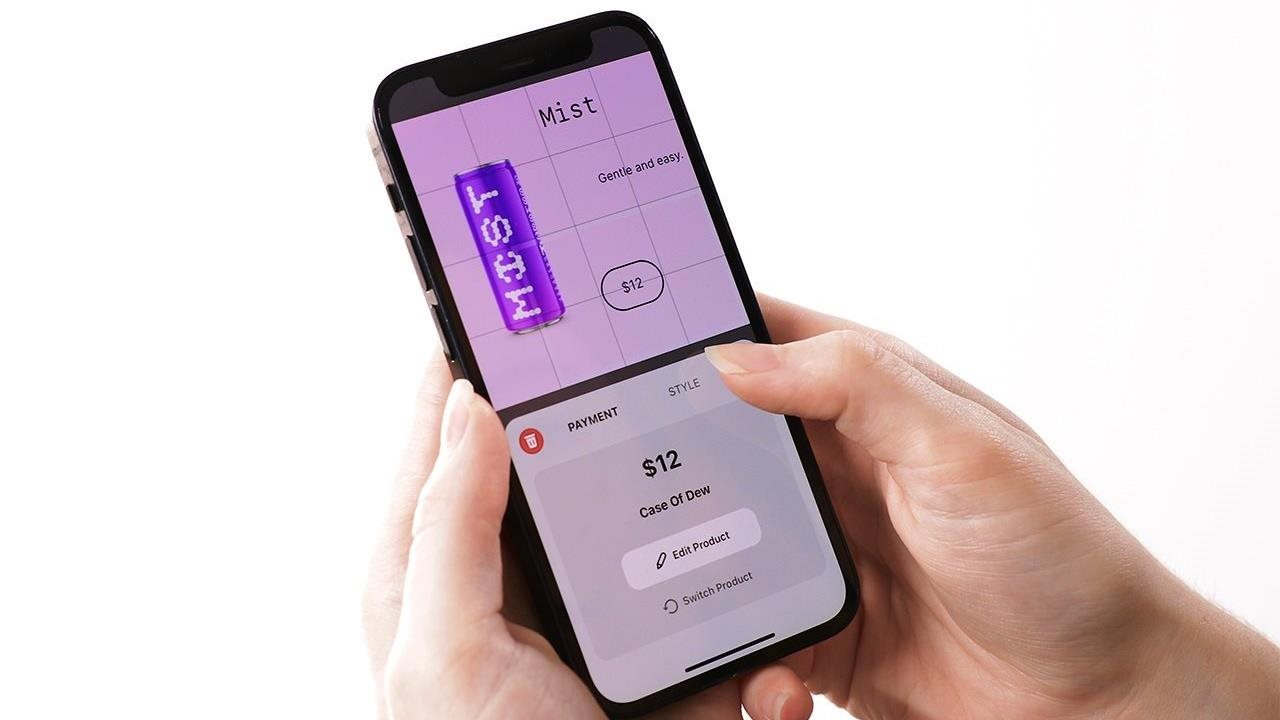2023-02-16T23:01:00
(BPT) – Nineteen-year-old Meredith Cowden was nearly through her first year of art school when she started feeling sick. She visited her school’s clinic and received a diagnosis of mono, along with antibiotics, and looked forward to feeling better soon. Instead, her symptoms worsened, leading her to the emergency room — where she received a diagnosis of acute myelogenous leukemia.
Shocked by this turn of events, Cowden leaned on her loving parents for help and support.
“My parents took me back home for treatment,” Cowden remembers. “My life felt like an alternate reality where I really didn’t know how to make any decisions for myself, so I let the doctors tell me what I needed to do and I went along with it because I was so overwhelmed by the diagnosis.
When chemotherapy proved ineffective, Meredith was able to receive a bone marrow transplant from her sister, who was the best match. After Cowden’s transplant, she spent 100 days in isolation, the critical time to determine if the graft takes to the host — and if a patient might develop acute Graft-Versus-Host Disease (aGVHD). She noticed symptoms of this disease shortly after her transplant, and then later also developed chronic GVHD (cGVHD). More than two decades of challenging symptoms and medical treatments followed.
“I felt like I was on a roller coaster ride of trying to find a treatment plan that worked for me, trying to guess what was going to happen next,” says Cowden. “In that time, I developed a series of distressing, chronic, and life-changing conditions either because of GVHD or the treatment for it.”
With ongoing treatment and support from her healthcare team and her family, Cowden has been able to live life despite her chronic symptoms — pursuing a meaningful career helping others, enjoying creative pursuits, and spending time with her family and friends.
What is GVHD?
Graft-Versus-Host Disease (GVHD) is a rare disease that commonly impacts allogeneic (meaning cells come from a donor) blood and marrow transplant recipients. Depending on the severity of symptoms and number of organs affected, GVHD can impair a person’s ability to engage in daily activities — and in severe cases can be life-threatening. The Cleveland Clinic describes GVHD symptoms as including a rash that may cause thickening or tightening of the skin, nausea, vomiting, and abdominal swelling, dry eyes or mouth, difficulty breathing and/or swallowing, muscle weakness, pain and/or fatigue, decreased range of motion, or tightness in joints. These and other symptoms may occur at any time after a transplant, when your body recognizes the donated cells as foreign, resulting in an immune response against your own tissues and organs.
Support for people with GVHD
Responding to her experience, Cowden’s parents created the Meredith A. Cowden Foundation, dedicated to educating people about GVHD and raising funds for research to help those who are suffering. To further their reach and impact, the Foundation is one of several organizations that comprise the new GVHD Alliance.
The GVHD Alliance aims to bridge existing gaps in the unmet needs of the GVHD community by bringing together several leading transplant organizations to support people living with this disease. One of the GVHD Alliance member organizations is Be The Match, a global leader working every day to save lives through cellular therapy. The Be The Match Registry is the most diverse registry in the world that includes adult donors willing to donate to strangers in need and stored cord blood units. The group also provides patients and families with support, education, and guidance before, during, and after a transplant.
“We are proud to work with the Alliance to reach GVHD patients with information they need to recognize and treat symptoms earlier,” said Jeffery Auletta, MD, Senior Vice President of Patient Outcomes and Experience, Be The Match and Chief Scientific Director, Center for International Blood and Marrow Transplant Research. “This collaboration will help connect patients to support groups, and access resources like social workers and patient navigators who can help them advocate for treatment, while addressing their fears and concerns.”
What has Cowden learned from her years of experience after receiving her life-saving bone marrow transplant?
“GVHD has been part of my life for a long time now, so I know the impact this disease brings to patients and their families,” says Cowden. “You will not be the same person you were before your transplant. You will have knowledge and experience many do not; take that and use it to make your life as meaningful as you can.”
Current GVHD Alliance member organizations include American Society for Transplantation and Cellular Therapy (ASTCT), Be The Match, Blood & Marrow Transplant Information Network (BMT InfoNet), Meredith A. Cowden Foundation, and National Bone Marrow Transplant Link (nbmtLINK). The GVHD Alliance and GVHD Day are supported by Sanofi.
To help people living with GVHD access valuable resources and information to help them live their best lives, the Alliance is launching GVHD Day on Feb. 17, 2023. Learn more about GVHD and access a variety of educational resources and support tools for the GVHD community at GVHDAlliance.org.







